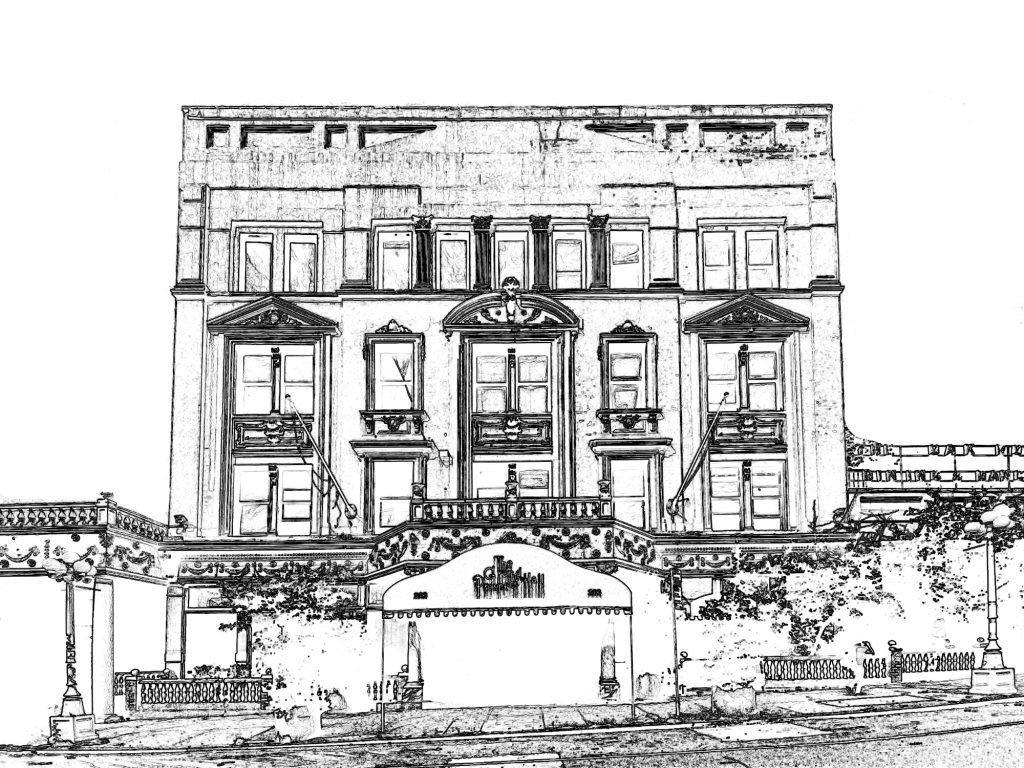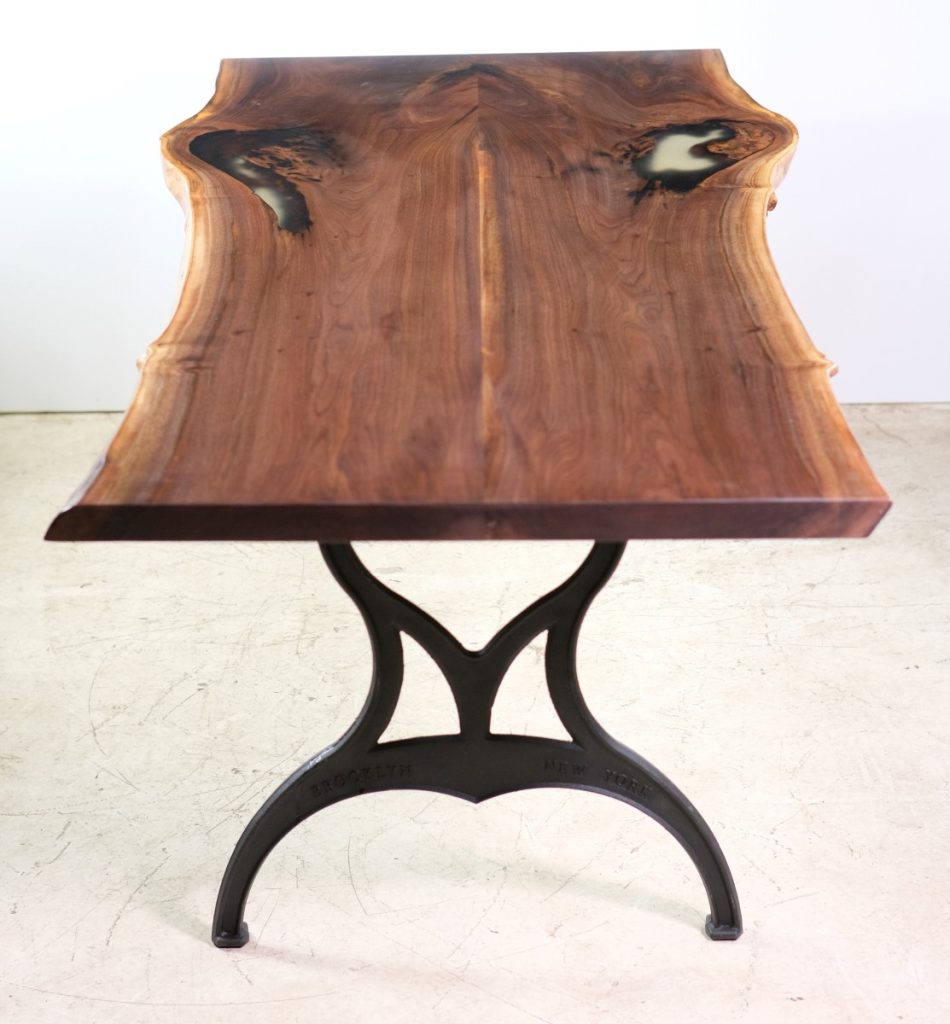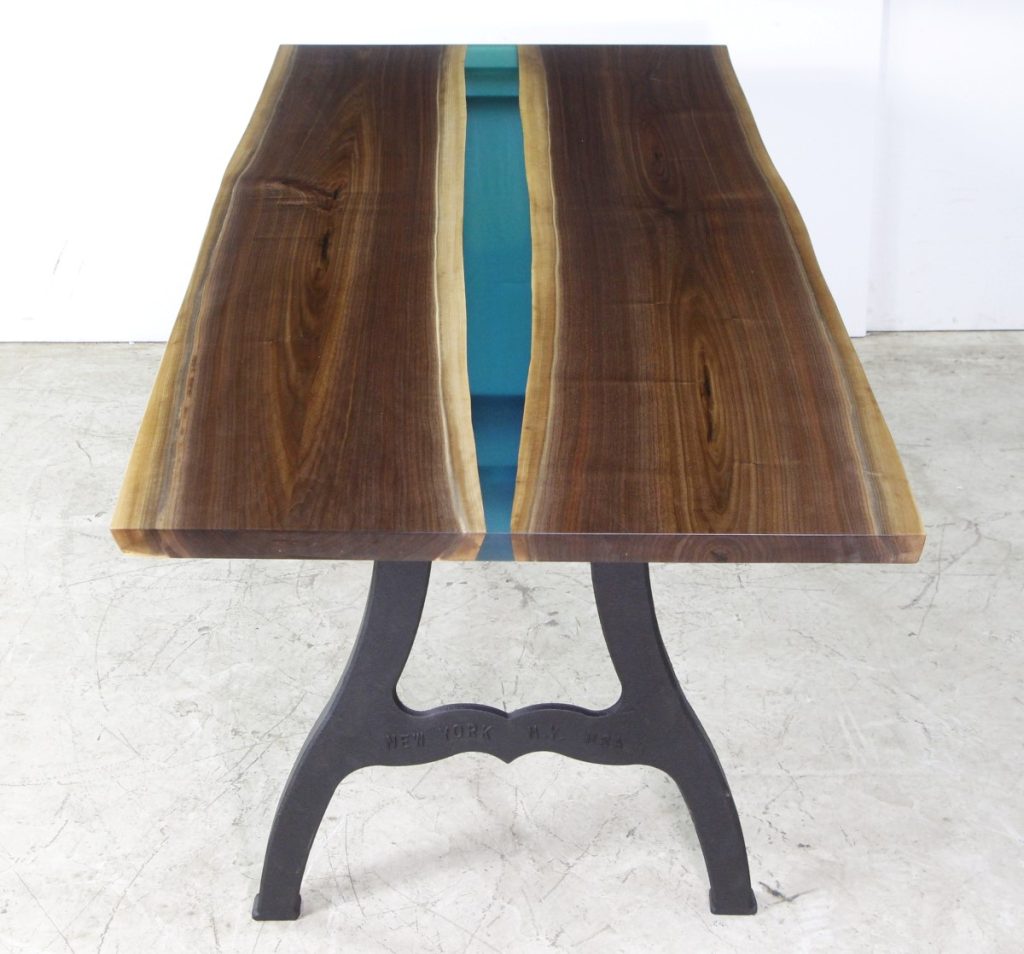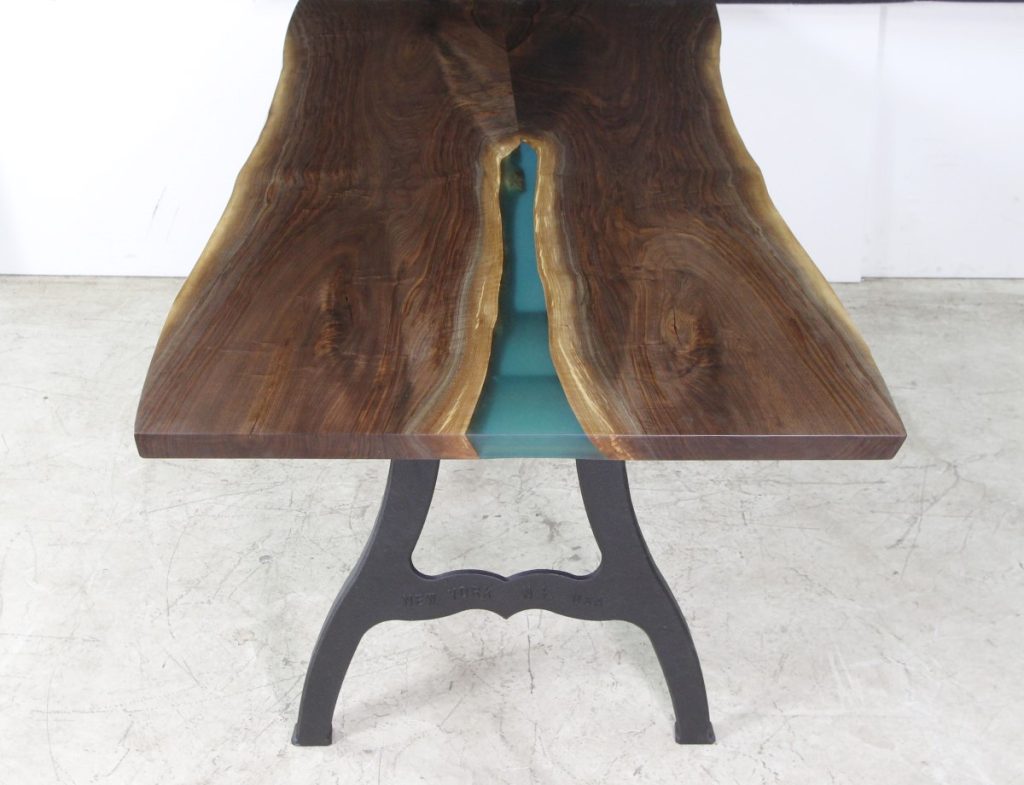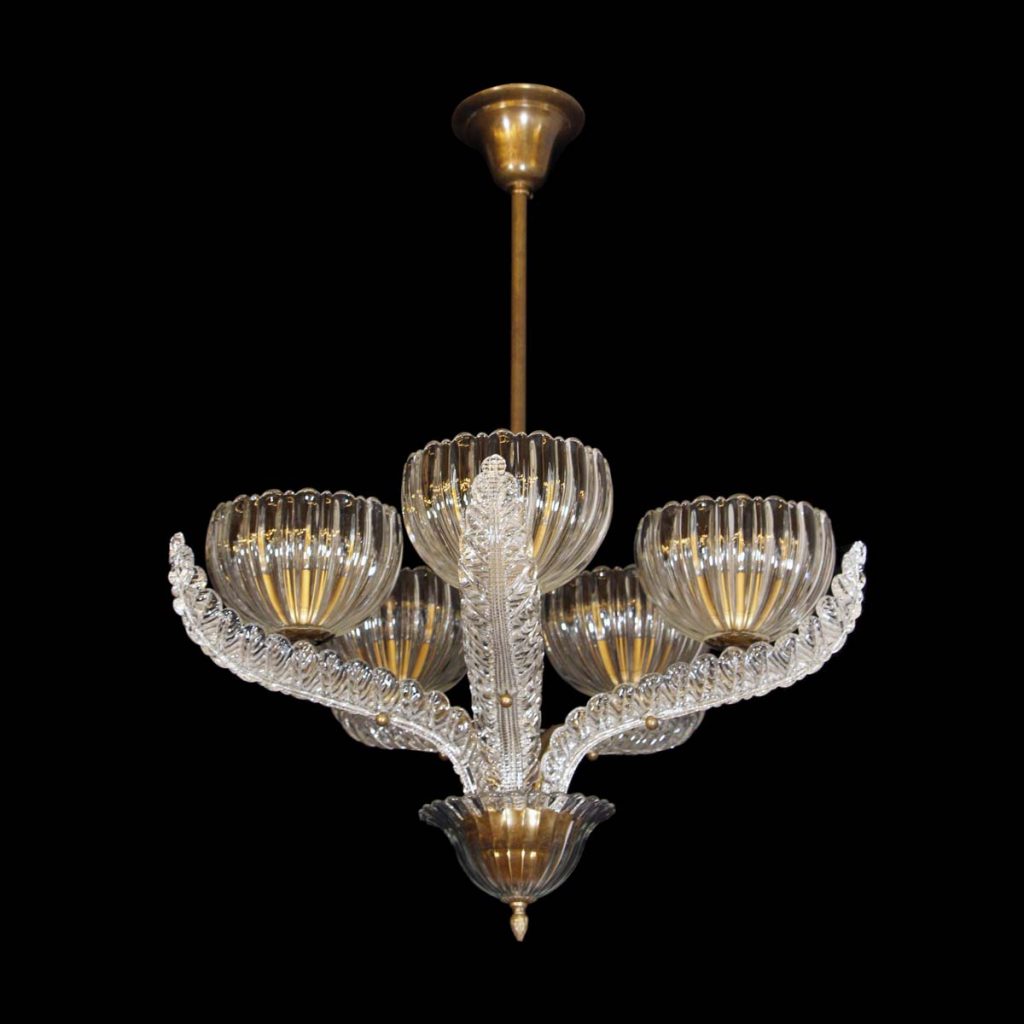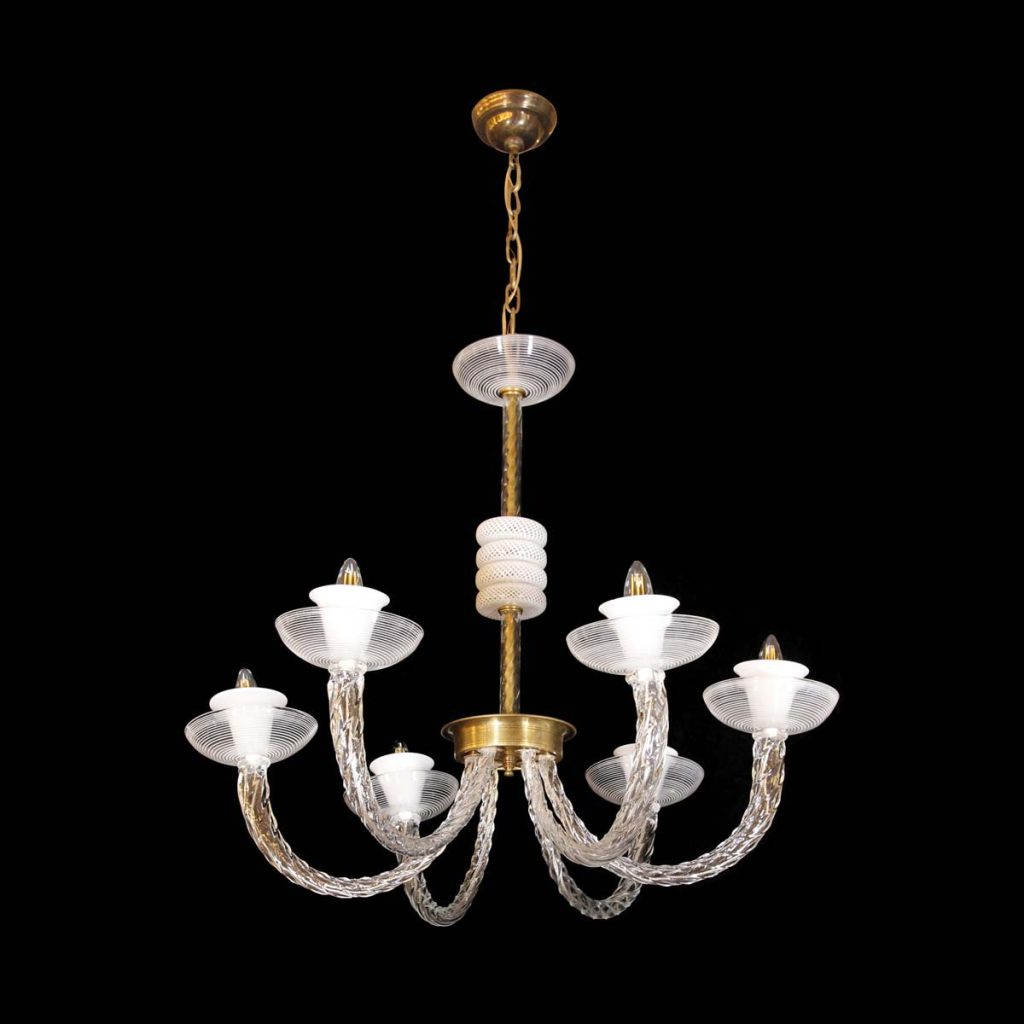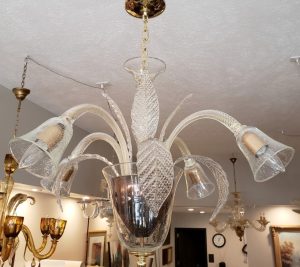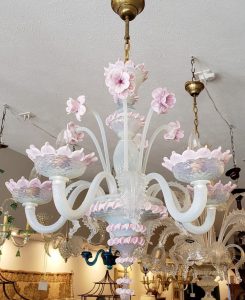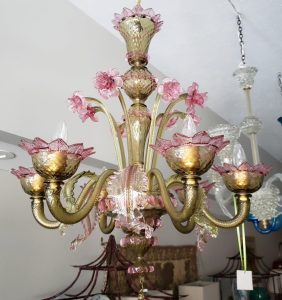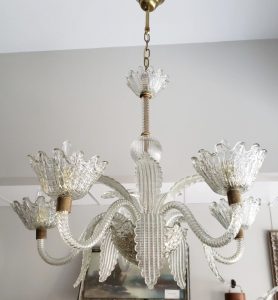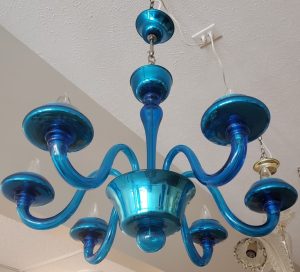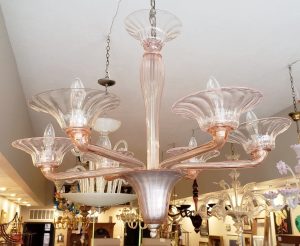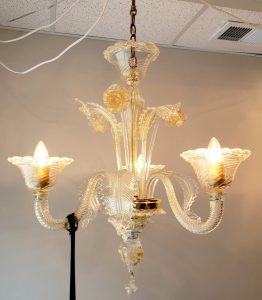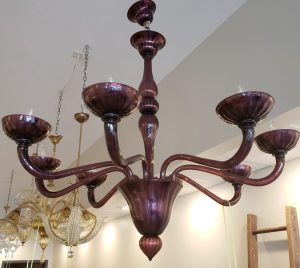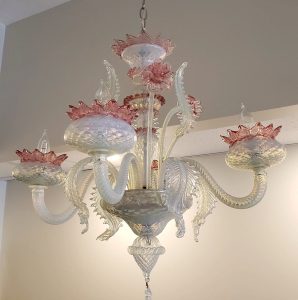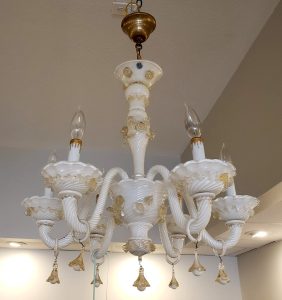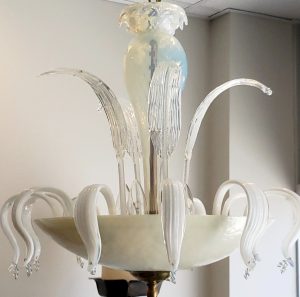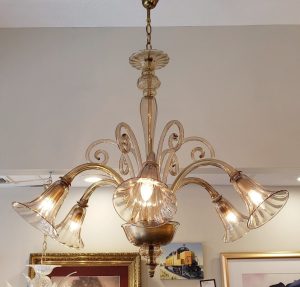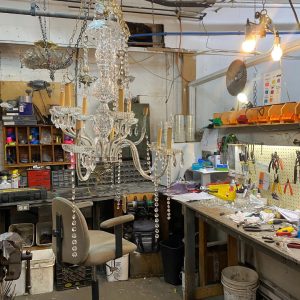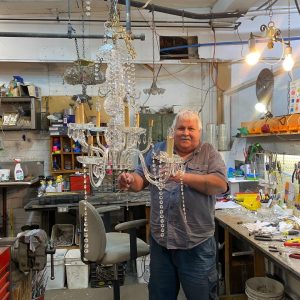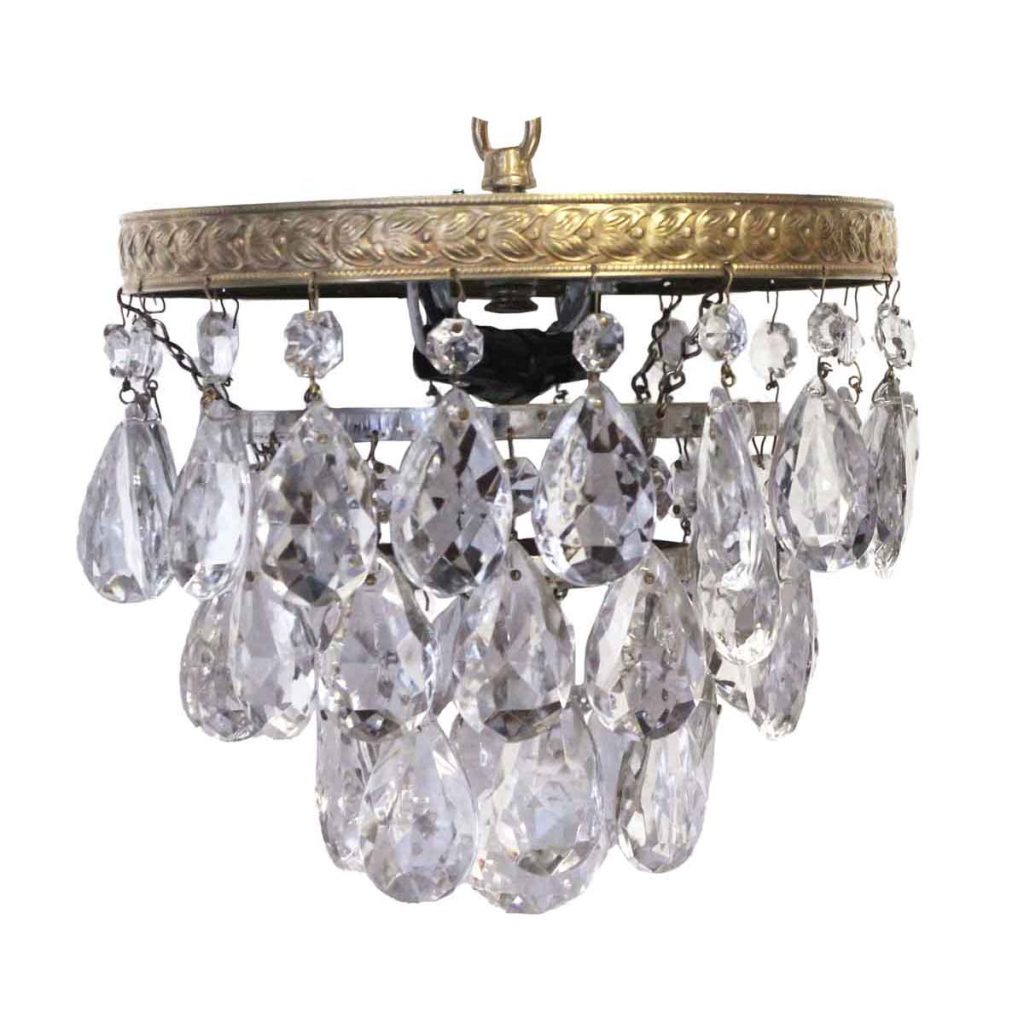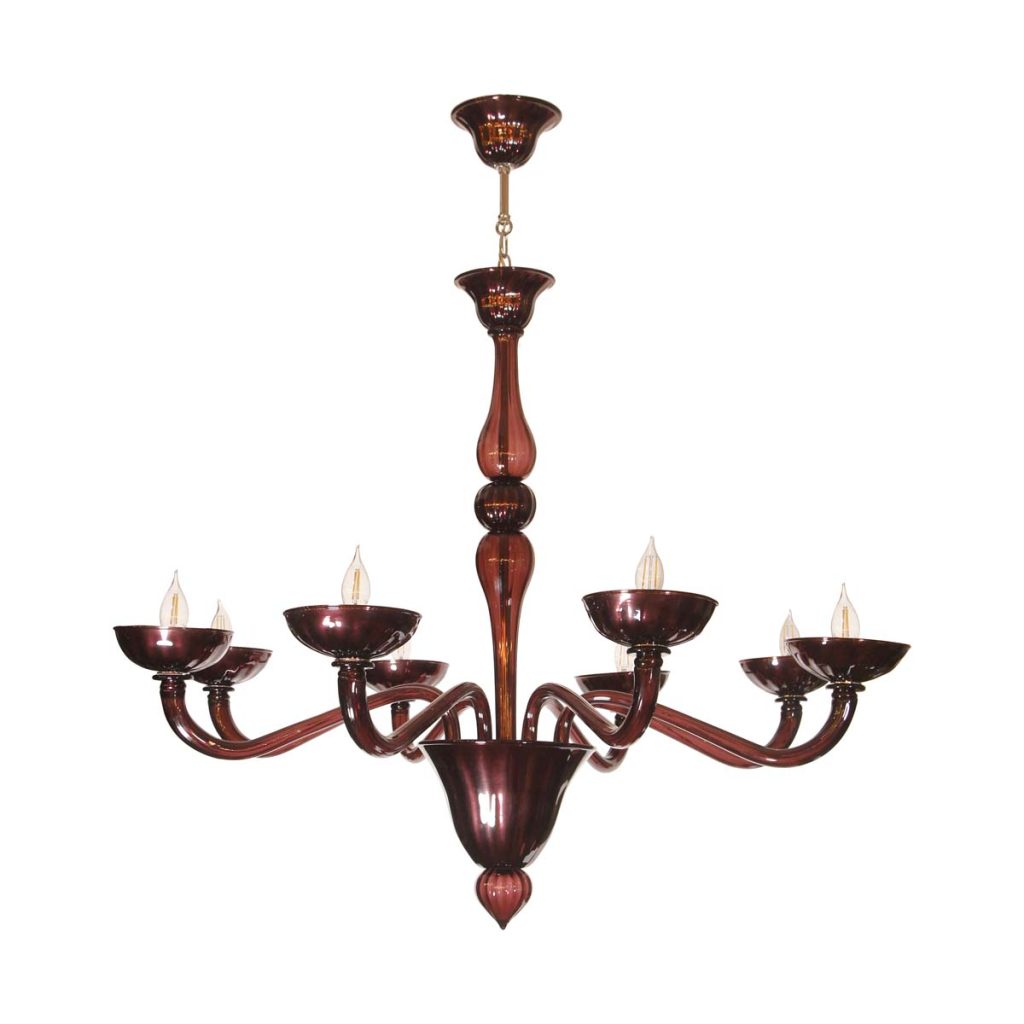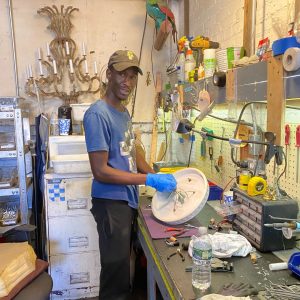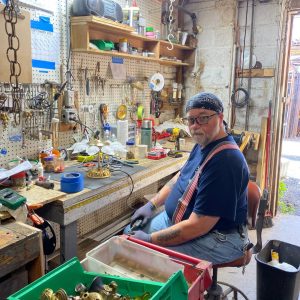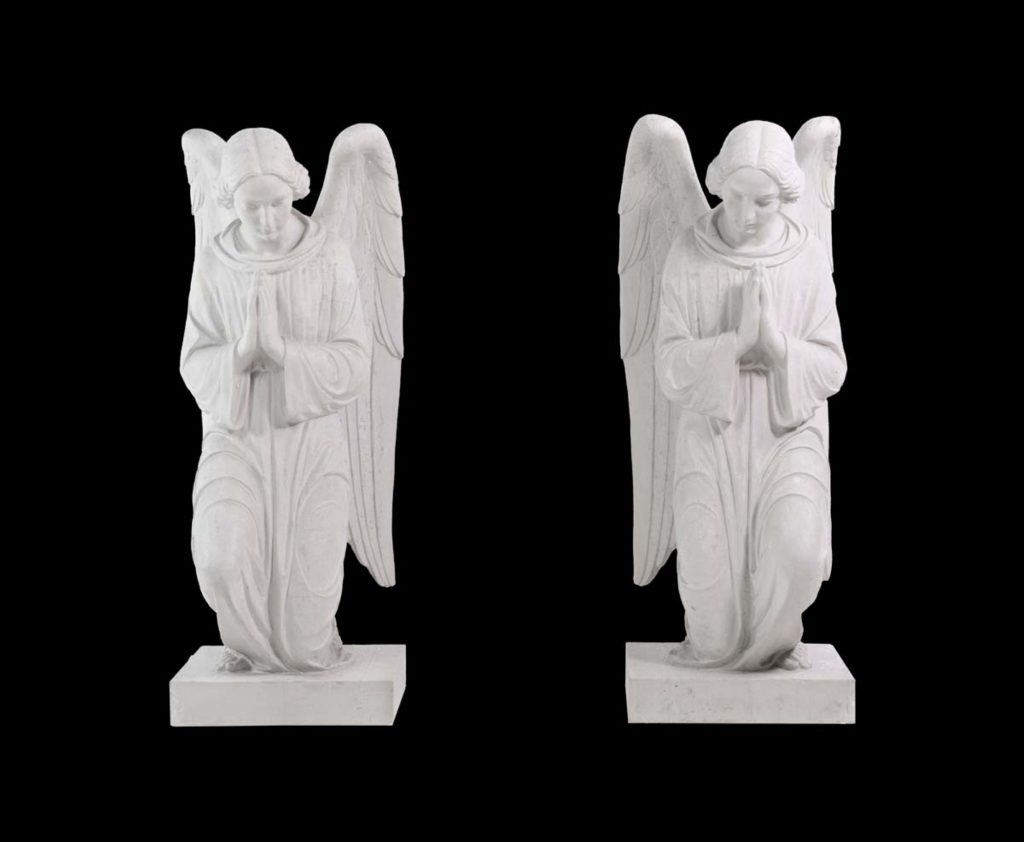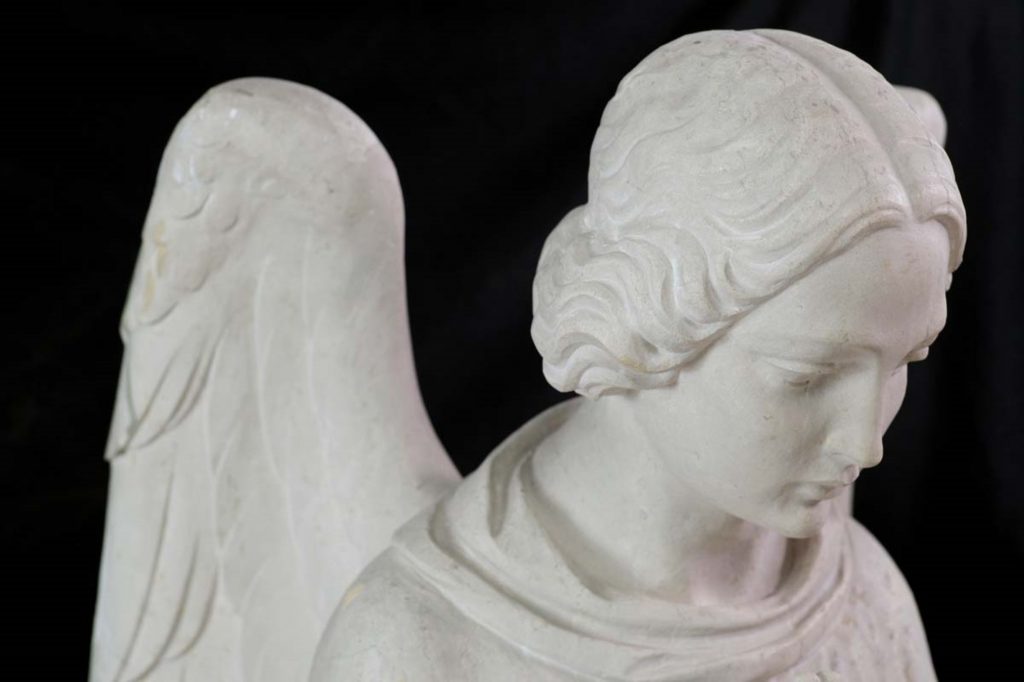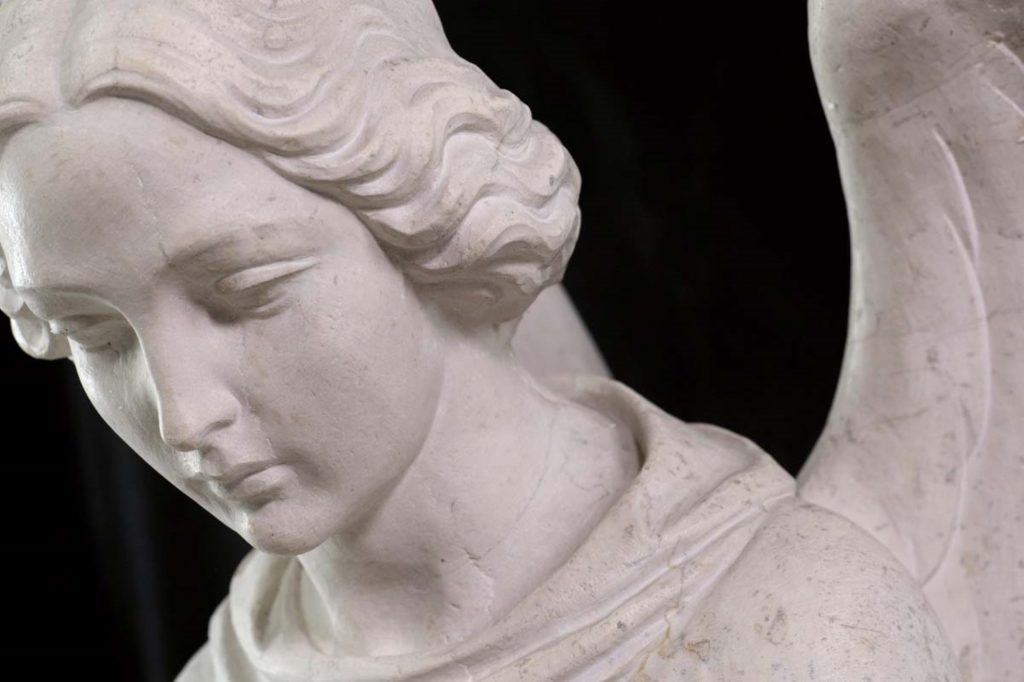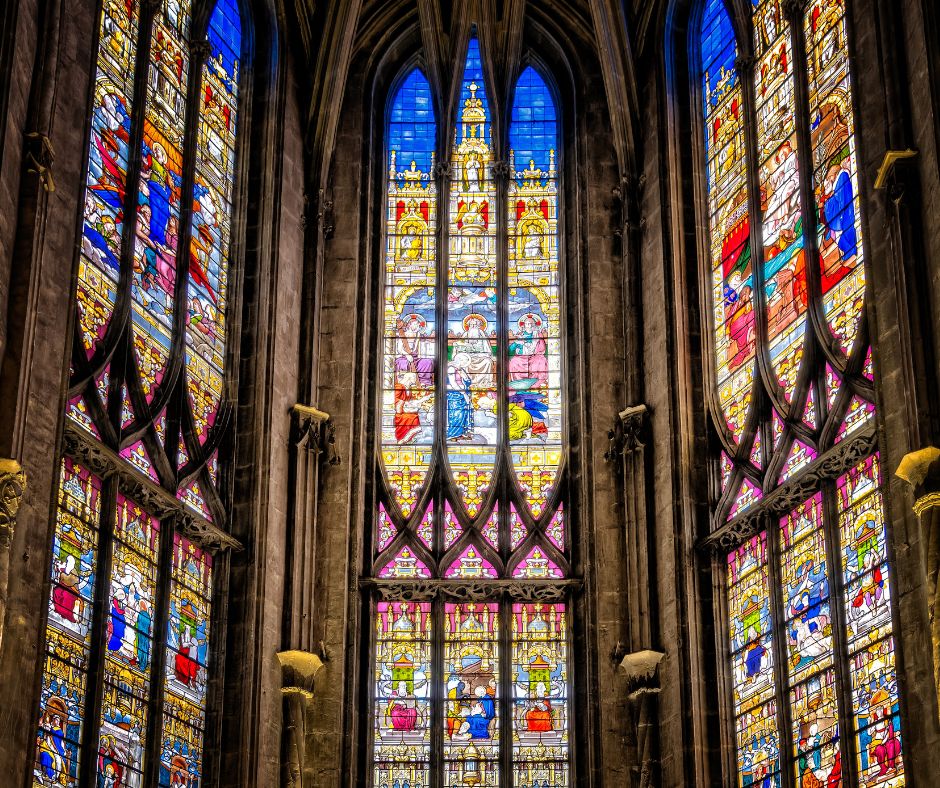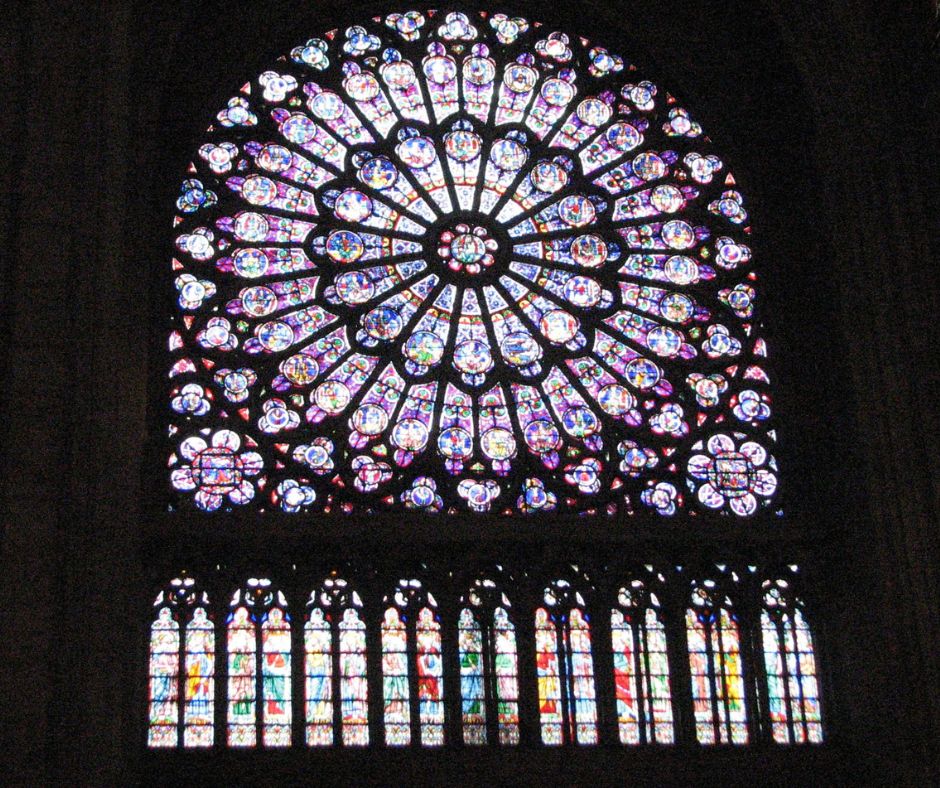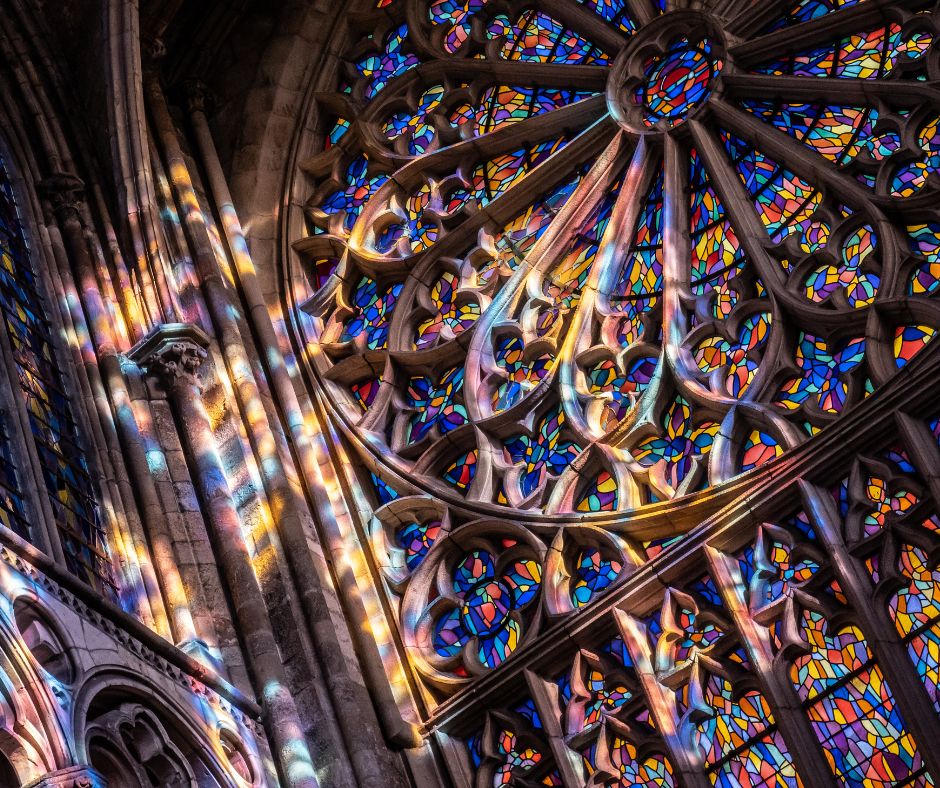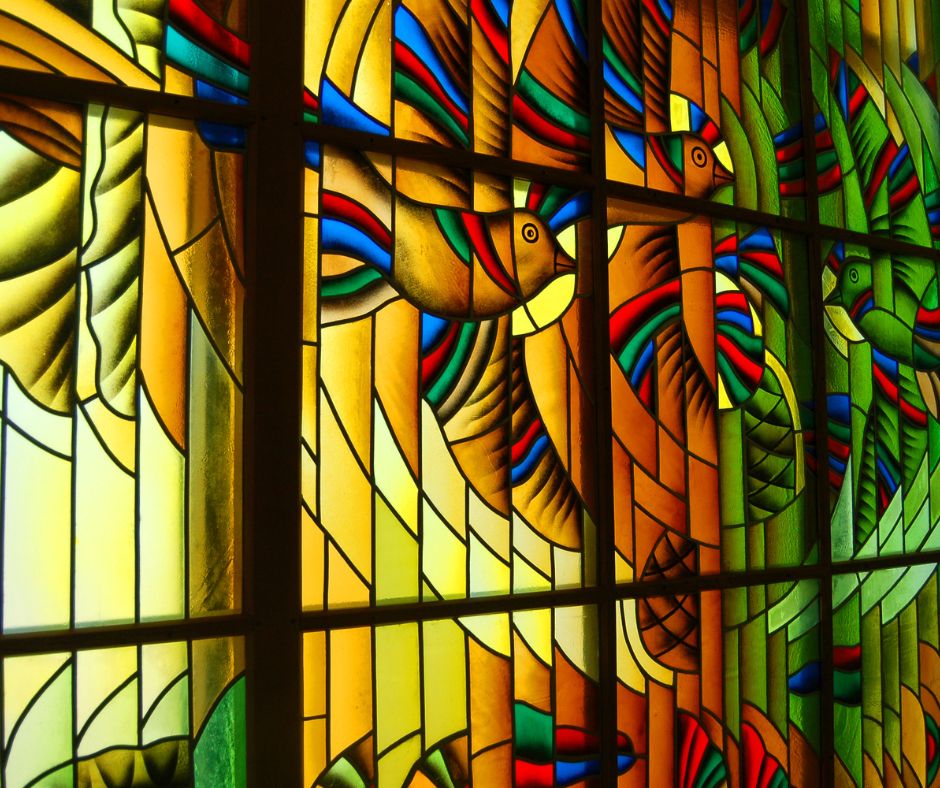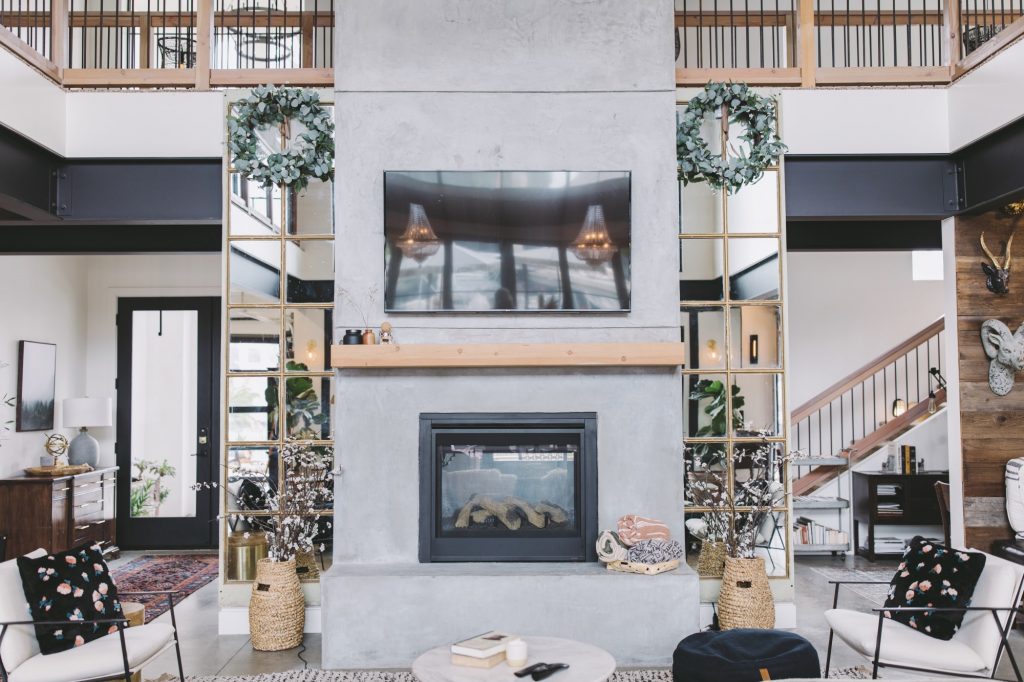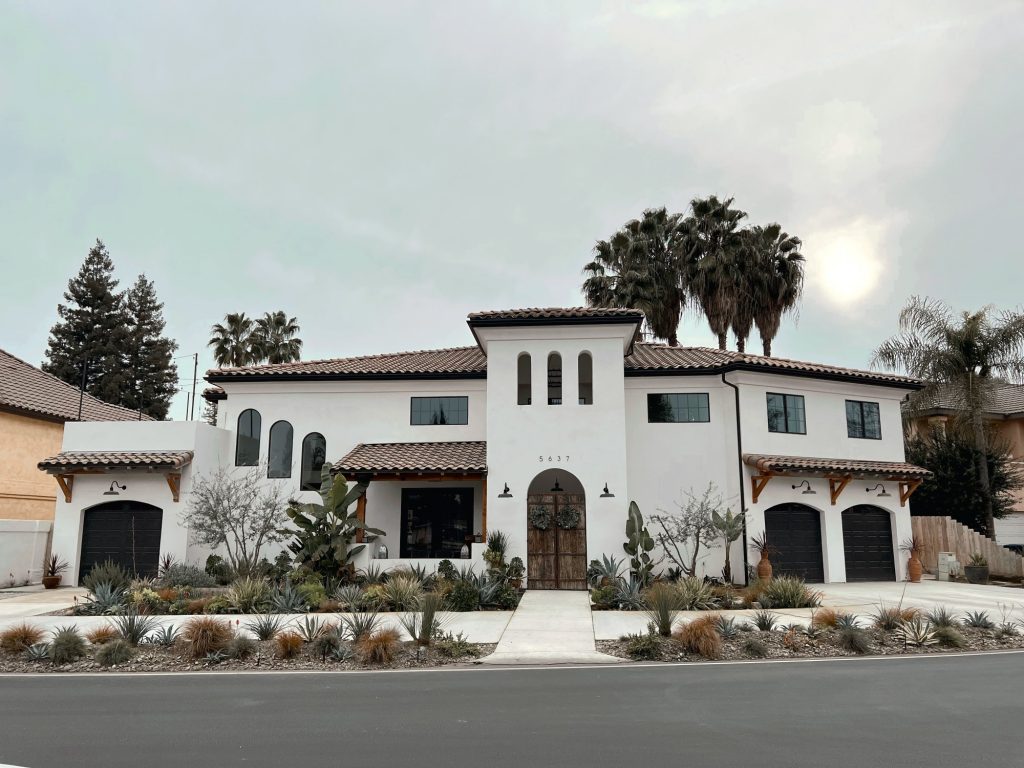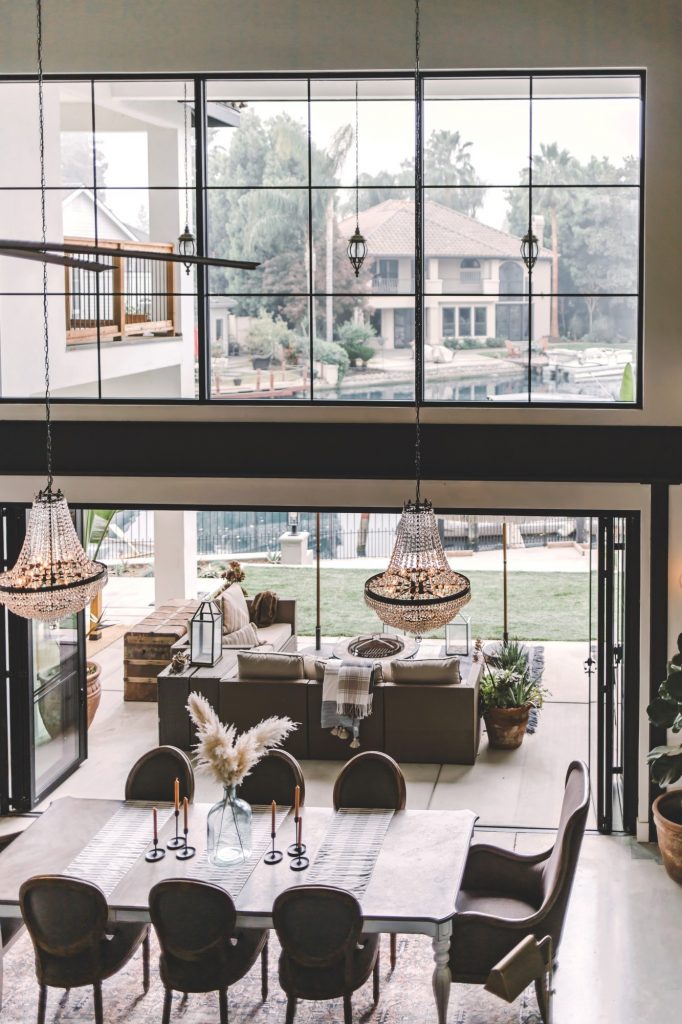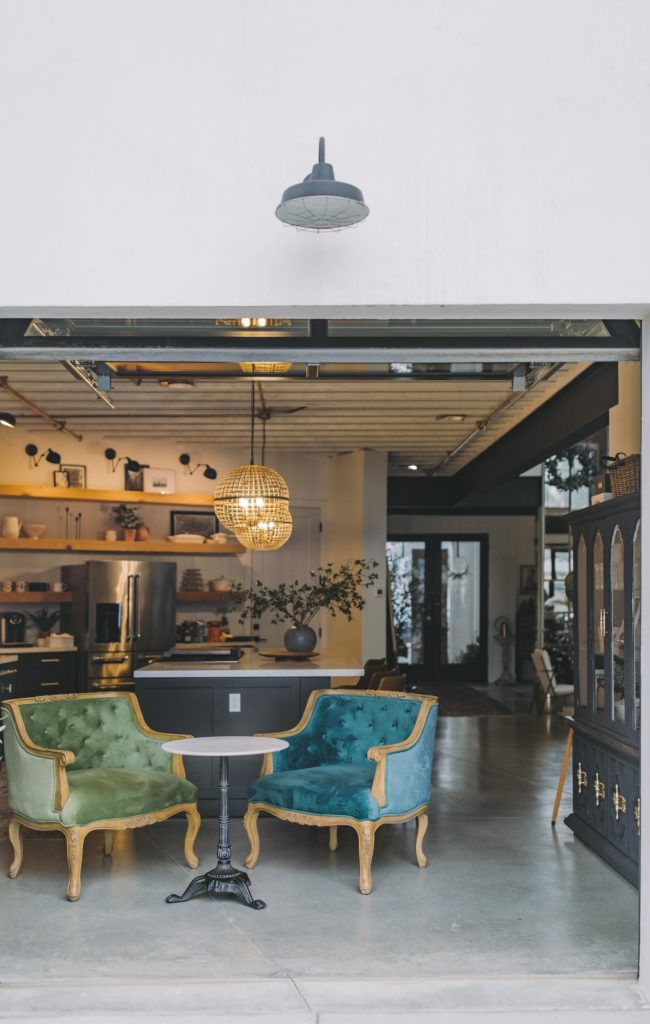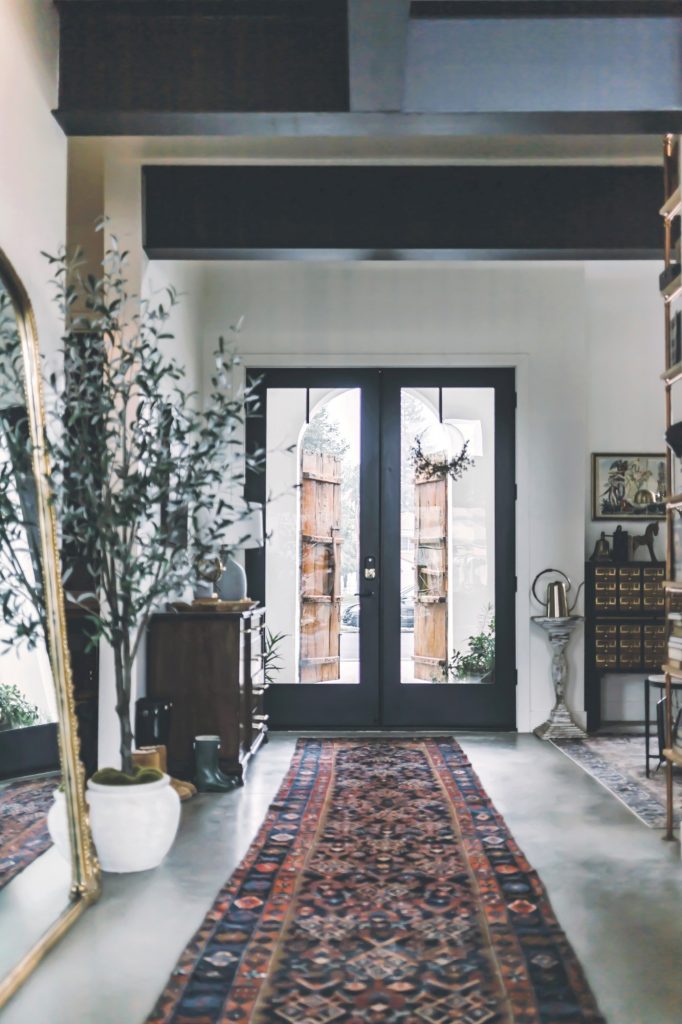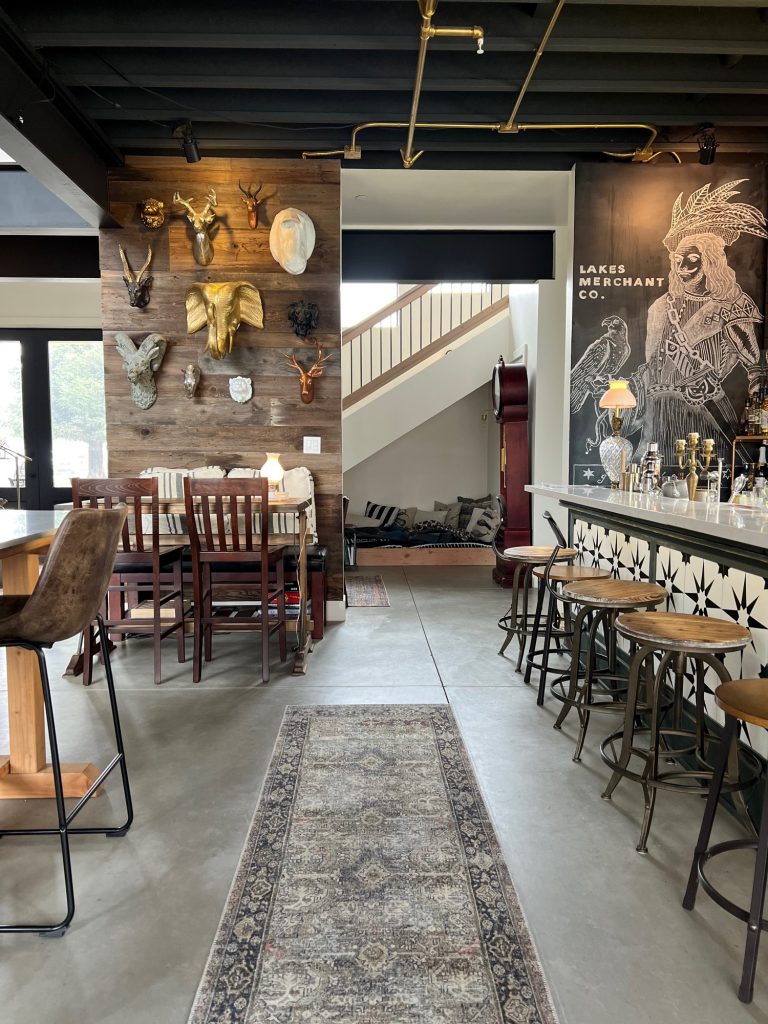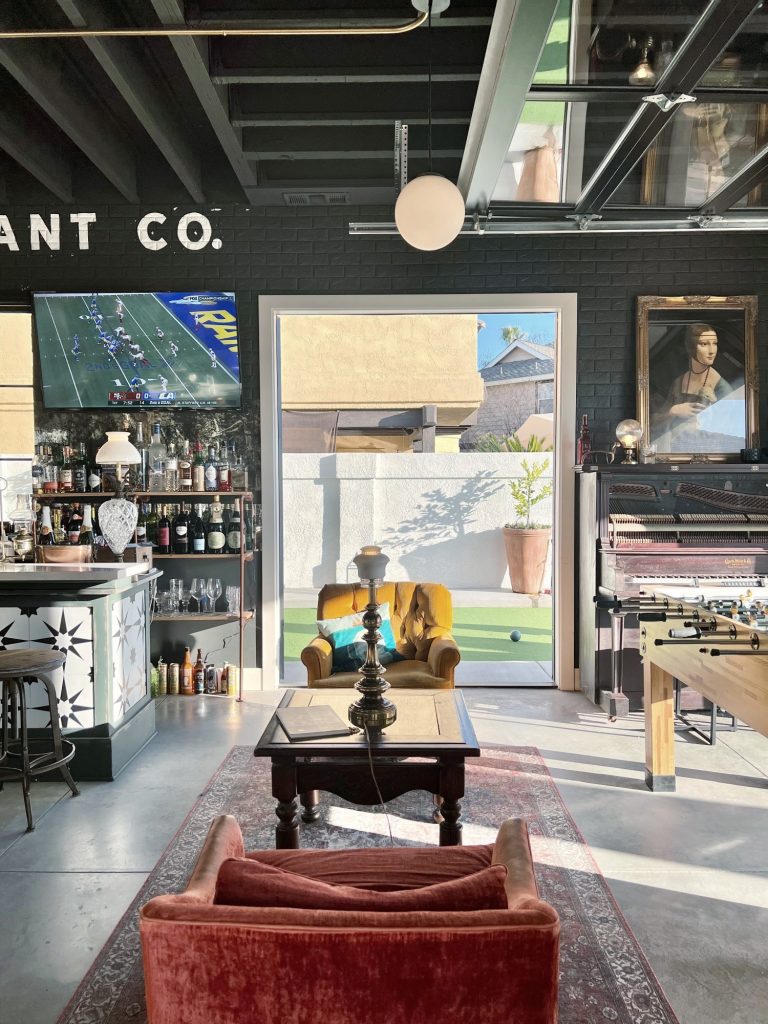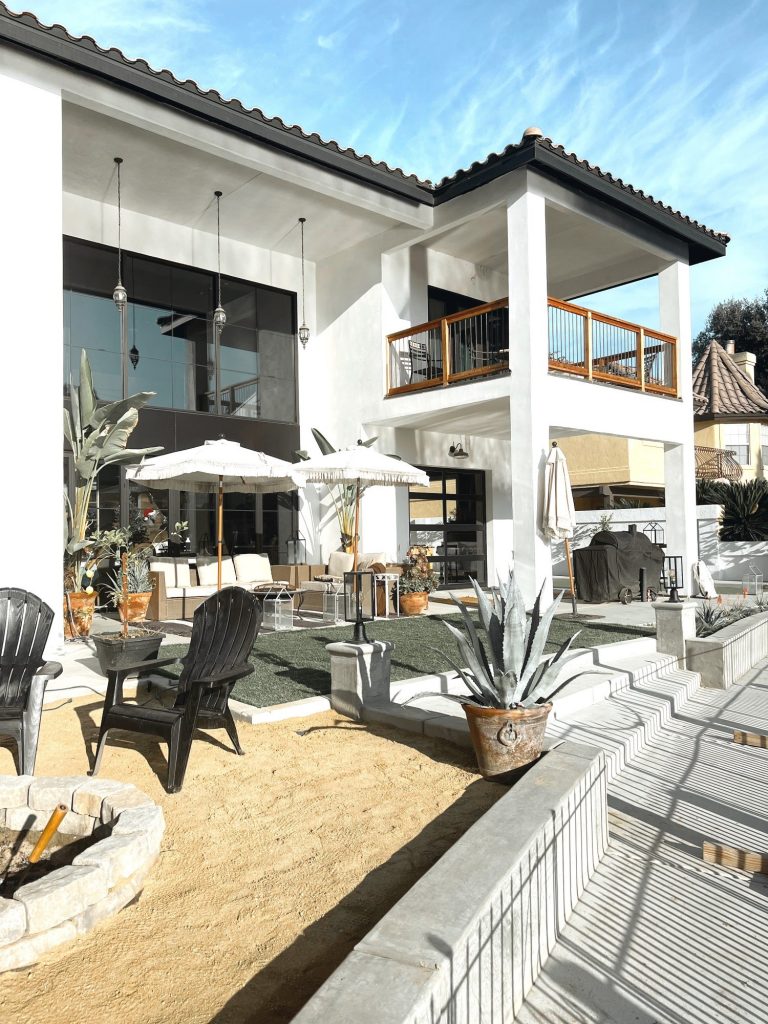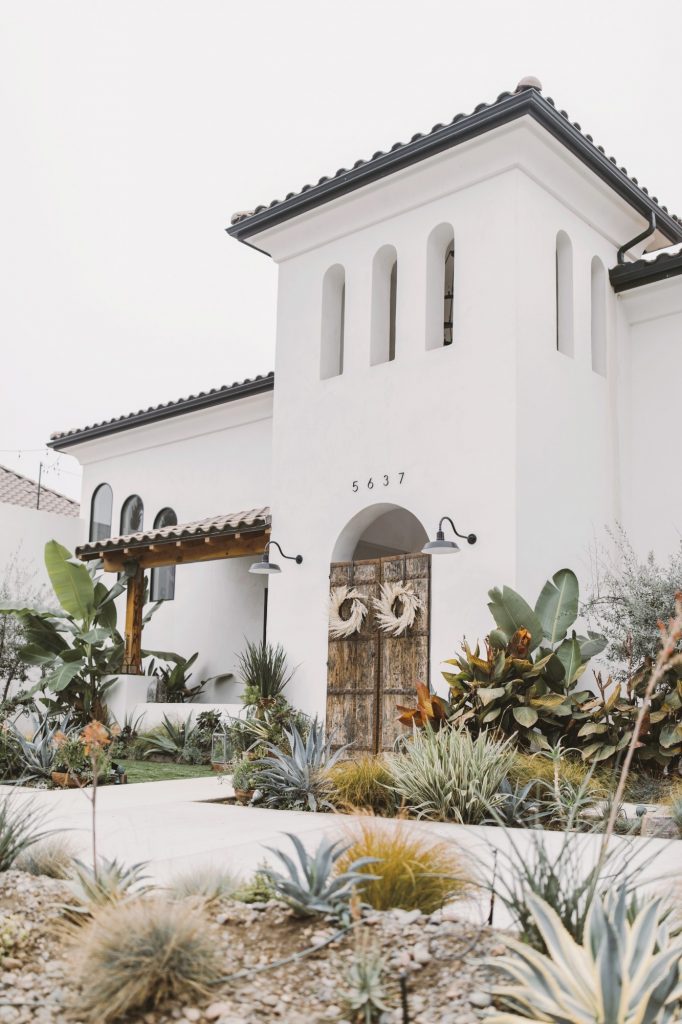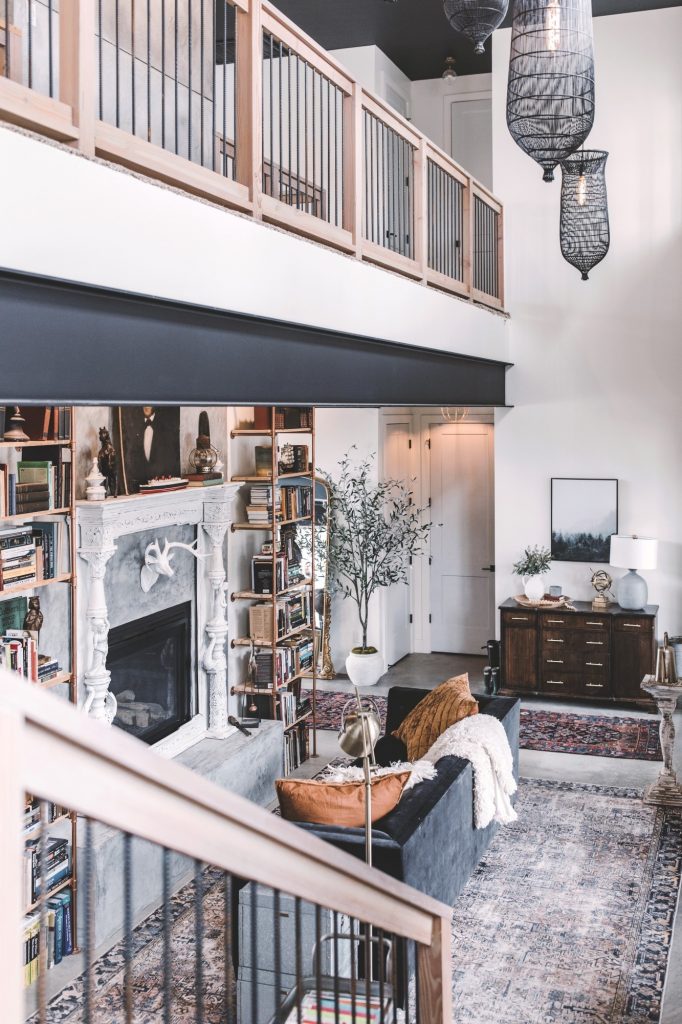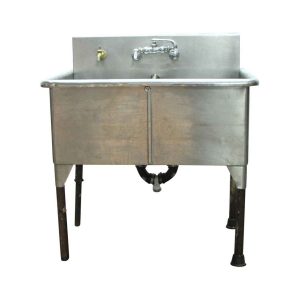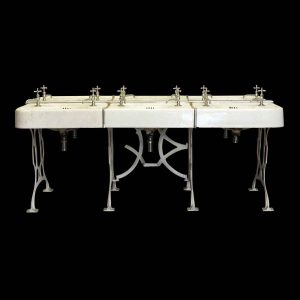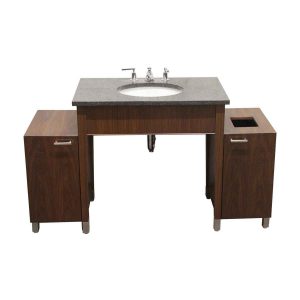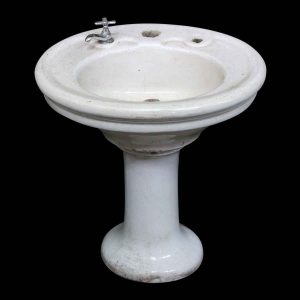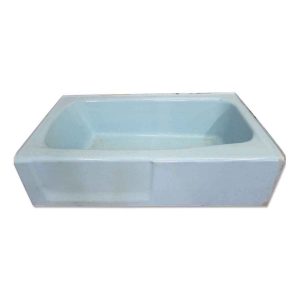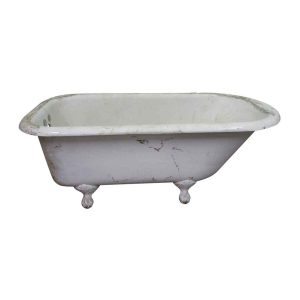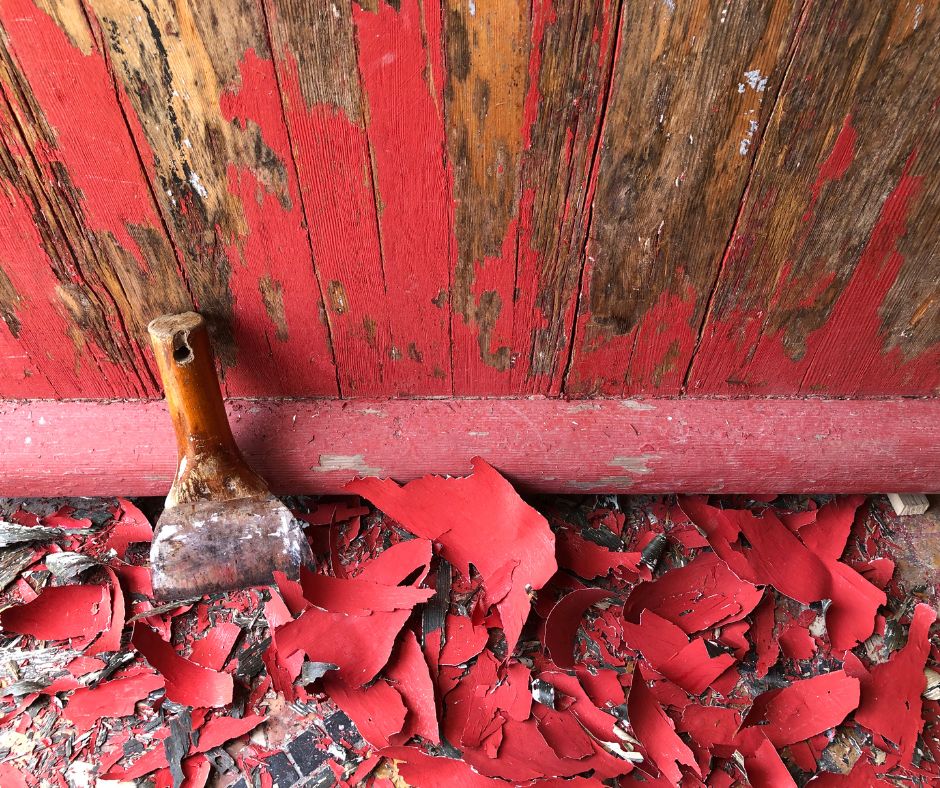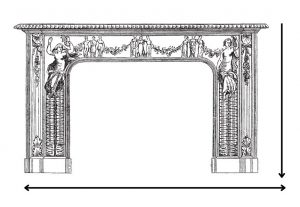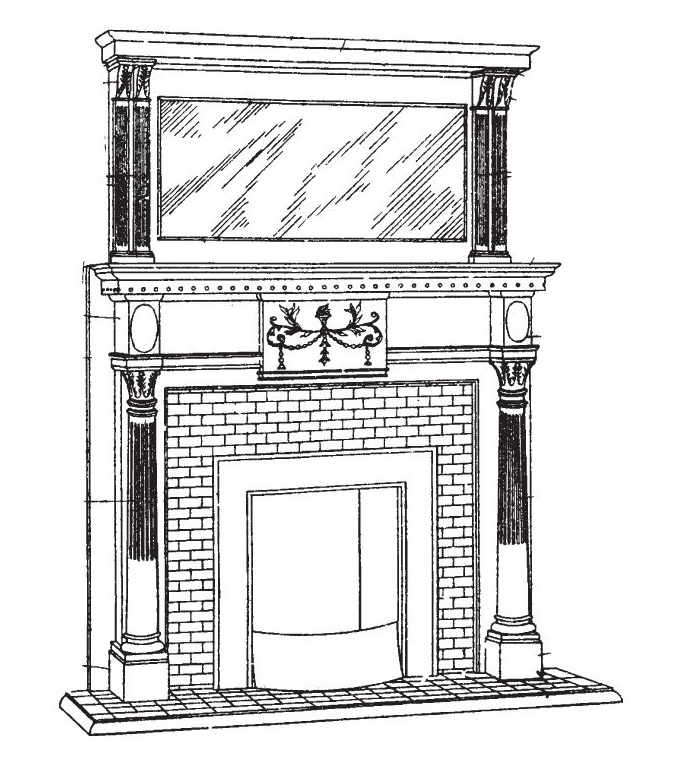Like all dreams with a storyline of gold, grandeur, and infamy that eventually must fade into memory, Brooklyn’s “Palace of Dreams” Grand Prospect Hall leaves behind just a sprinkling of treasures and over a century of glamor, play, and sentimentality for Brooklynites and other patrons.
Following the death of its owner Michael Halkias, the Victorian-era entertainment venue sold after a long history of opulence and entertainment.
The building was originally envisioned in 1892 as a “temple of music and amusement” by German immigrant and real estate entrepreneur John Kolle.
Architect Ulrich J. Huberty, known for Prospect Park’s Boathouse, Tennis House, and Litchfield Villa, set to work creating Kolle’s vision. Prospect Hall featured ornate marble and granite, stained glass, opulent crystal chandeliers, a ballroom, and an opera house. The building also housed the first French birdcage elevator in Brooklyn.
In 1900, Prospect Hall was heavily damaged by fire. At the time, the venue included a saloon, bowling alley, and amusement resort. Kohl rebuilt the hall. Prospect Hall was a playground for the elite in this age, who enjoyed high-class vaudeville, masquerade balls, and motion pictures. Prospect Hall was also home to the Crescent Motion Picture Company.
The theater became one of the first production spaces, and Crescent Films produced and distributed short film reels, called nickelodeons. Crescent later morphed into the New York Motion Picture Company, a precursor to Universal Pictures.
The host eventually gave over operations to a son. Kolle and his wife Bertha raised eight children at the site.

Al Capone visited the Prohibition-era speakeasy at Prospect Hall, allegedly the site of a fight that earned him the nickname “Scarface”. Capone also claimed a balcony box in the ballroom, being disposed toward opera. Other visitors included Mae West, Bob Hope, Sonja Henie, Ginger Rogers, and Fred Astaire.
The White Eagle Society, a Polish immigration association, bought Prospect Hall in 1940. The third and final owners, Michael Halkias and wife Alice, purchased the venue in 1981 and set about restorations. They called it “Grand Prospect Hall”.
Over the years, the hall was a production set for films such as “Prizzi’s Honor,” “The Cotton Club,” and “The Royal Tenenbaums”, photo shoots for Vogue and Macy’s, television shows, and music videos.
Later, an outdoor German Biergarten was added. The site hosted the Big Brooklyn Challah Bake, as well as the annual City of Gods Halloween party, an infamous Burning Man-style rave, and the Zlatne Uste Golden Festival, a Balkan festival that drew thousands.
The pandemic shut down this grand vision of an owner who sought to provide a lavish entertainment venue that embraced the blended American immigrant heritage. Property taxes were the final death knell. The family held an auction that was visited by prominent fans of the building’s legacy, as well as unknown persons who secretly spirited objects away, like the old nickelodeon reels, to private collections.
Olde Good Things brought precious treasures from the iconic palace of dreams to the inventory, to be shared with those who love the history and spirit of these entrepreneurial immigrants who had such big dreams.
Click here to view the treasures available from the Grand Prospect Hall.
